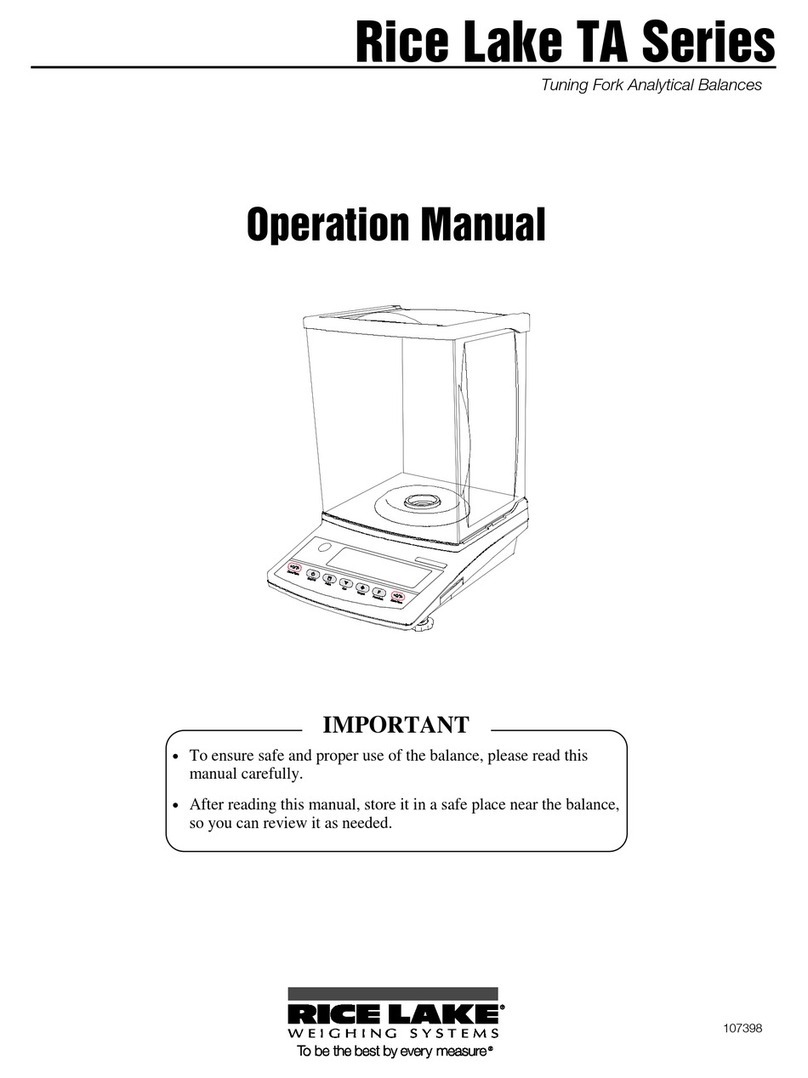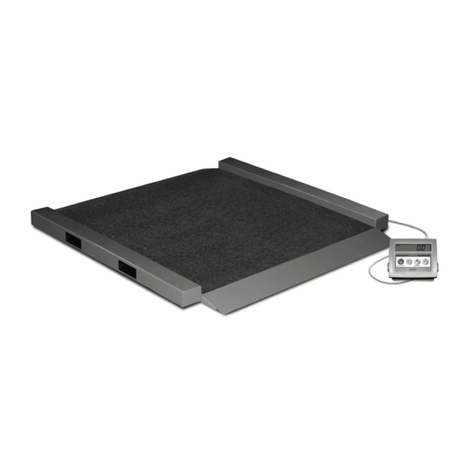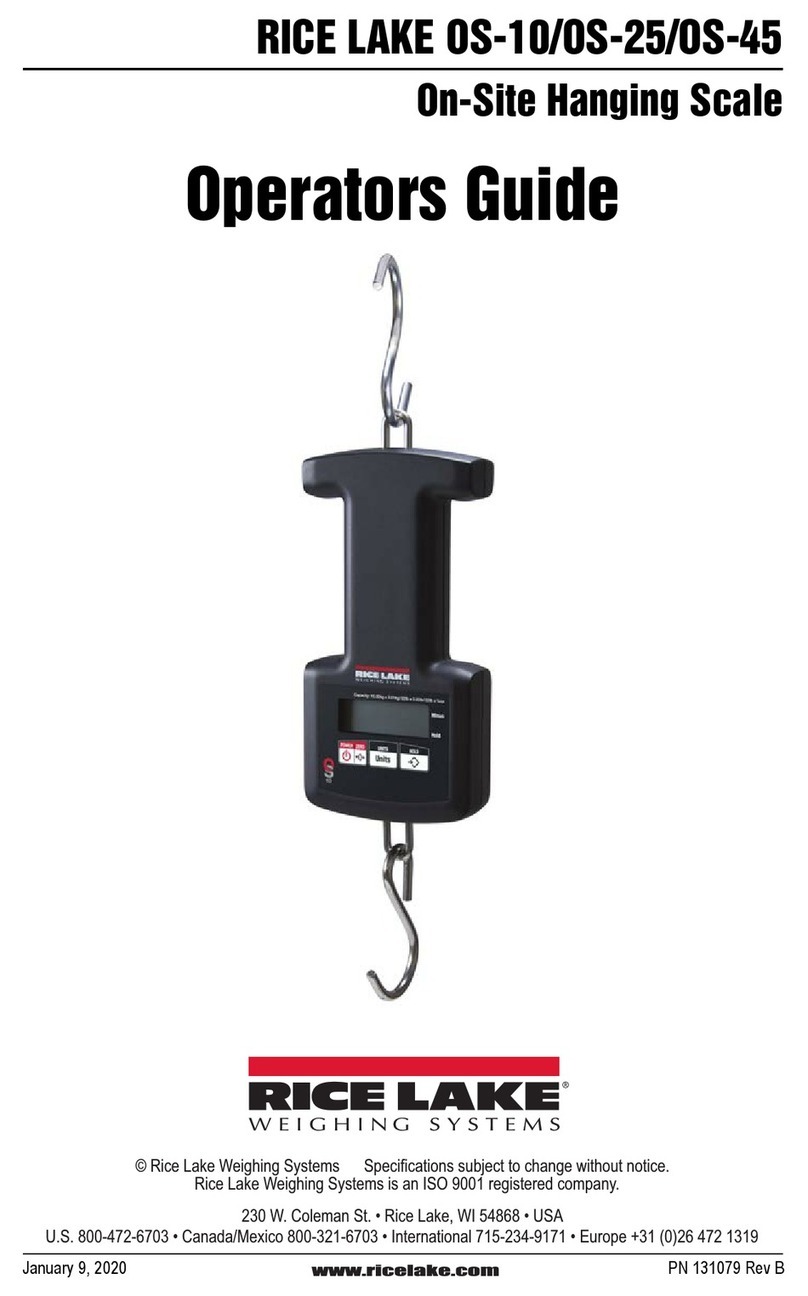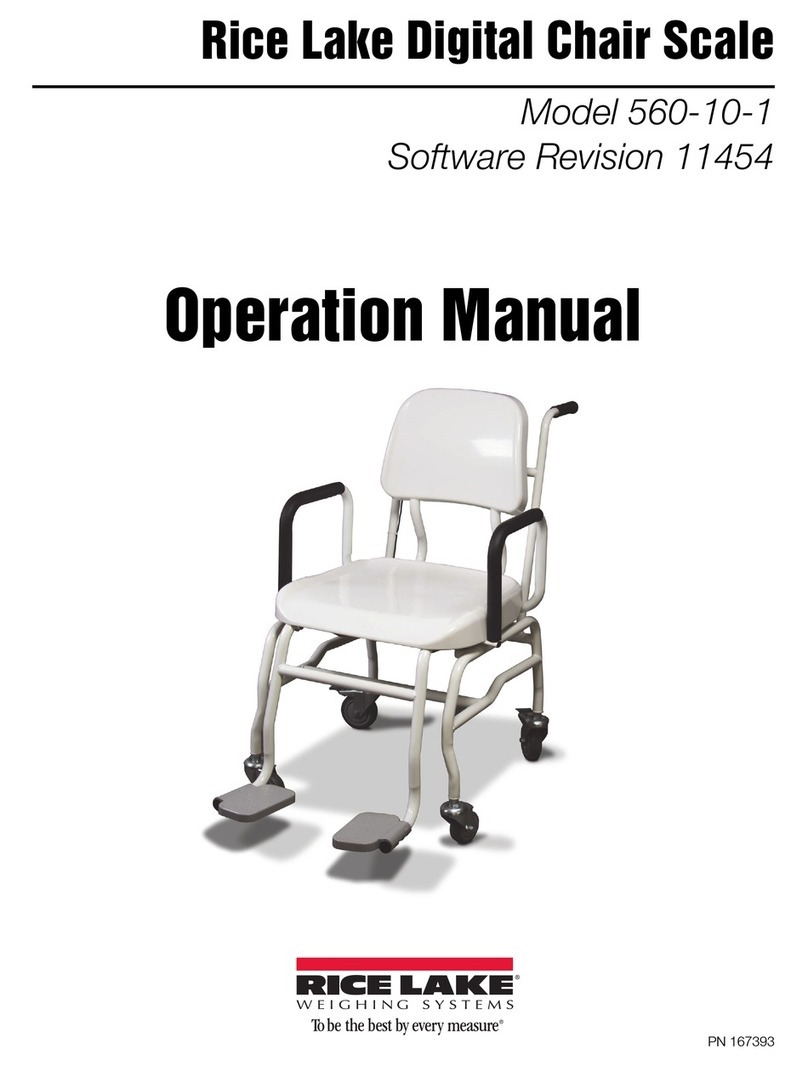Rice Lake Farm Bars User manual
Other Rice Lake Scale manuals
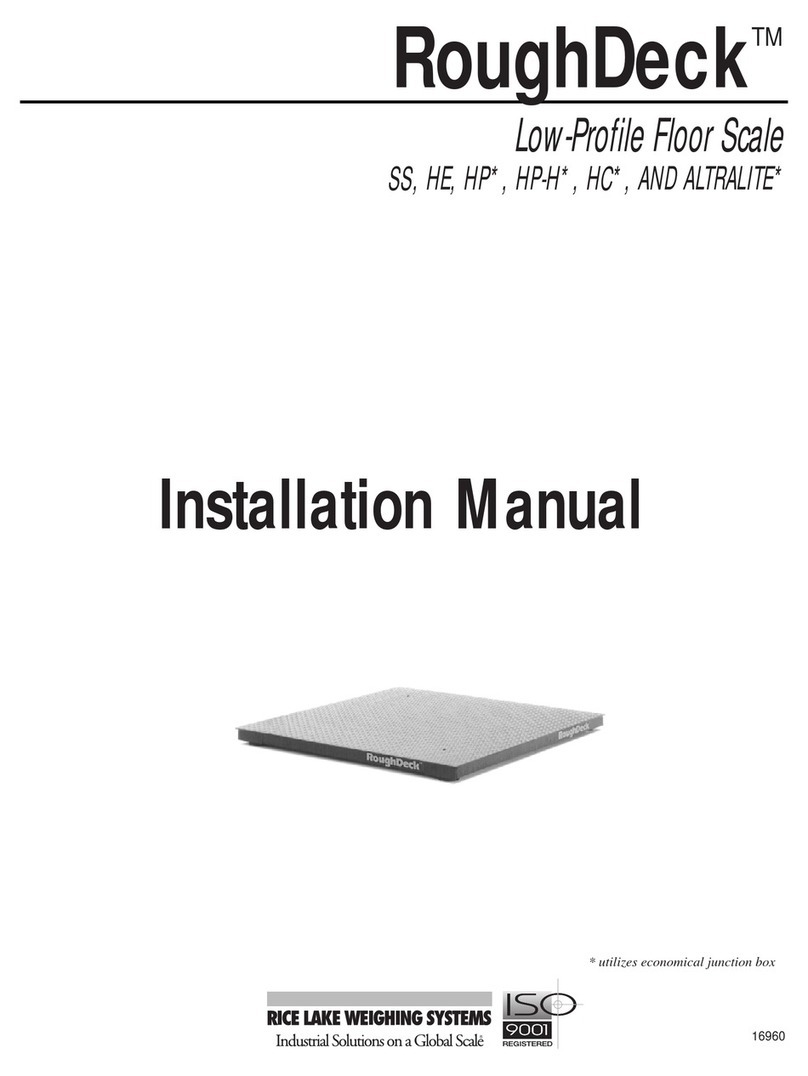
Rice Lake
Rice Lake RoughDeck SS Instruction Manual

Rice Lake
Rice Lake MSI-4260 IS User manual

Rice Lake
Rice Lake SURVIVOR CW-80 User manual

Rice Lake
Rice Lake WLS-C Instruction Manual

Rice Lake
Rice Lake Summit SD-1150-WP User manual
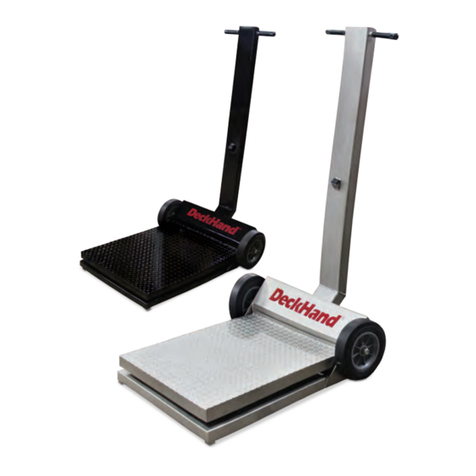
Rice Lake
Rice Lake DeckHand Manual
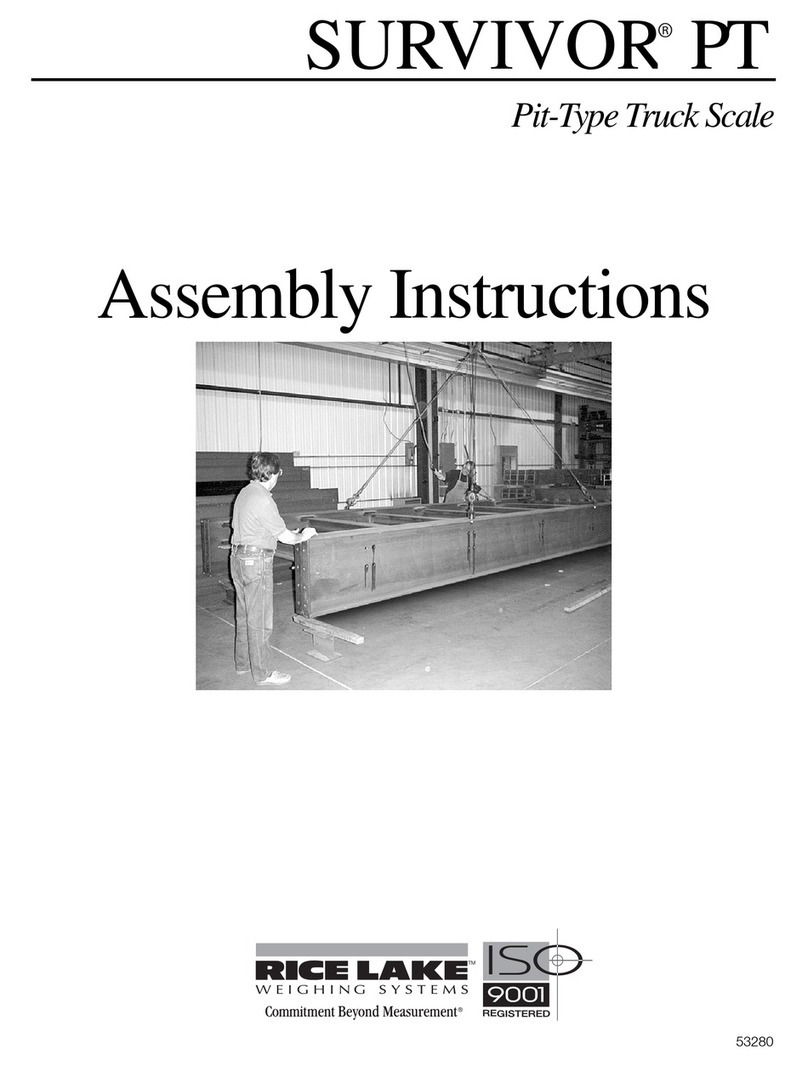
Rice Lake
Rice Lake SURVIVOR PT User manual
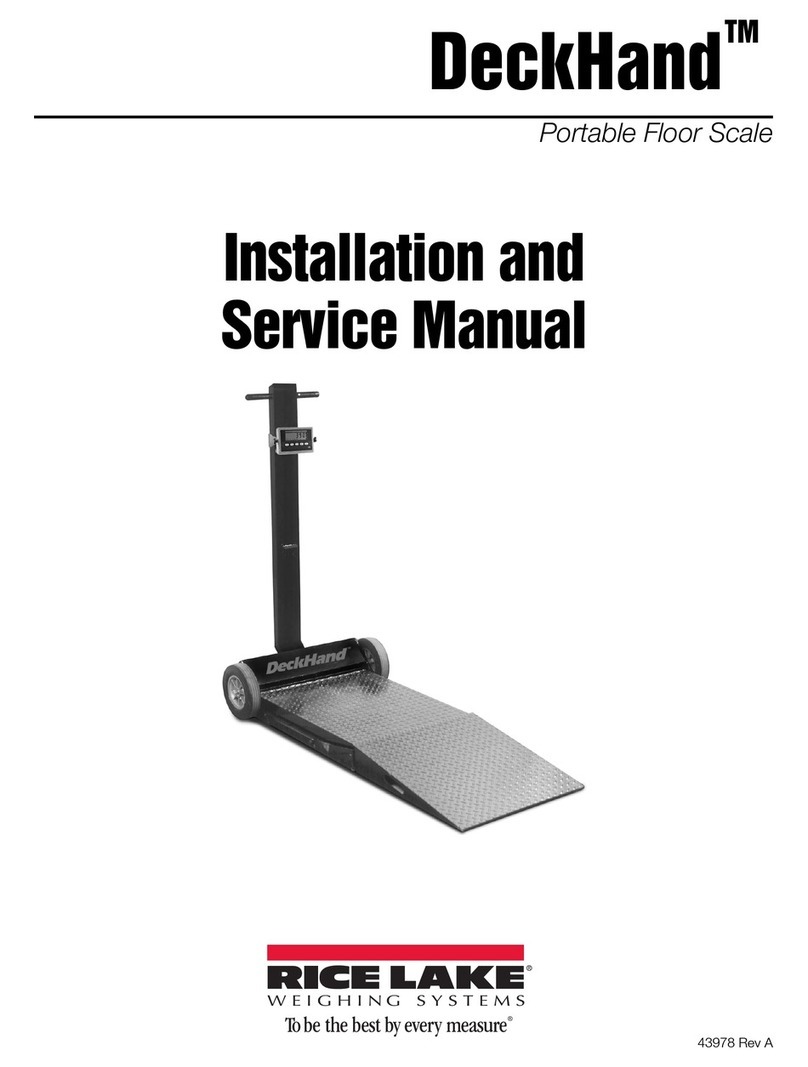
Rice Lake
Rice Lake DeckHand Manual
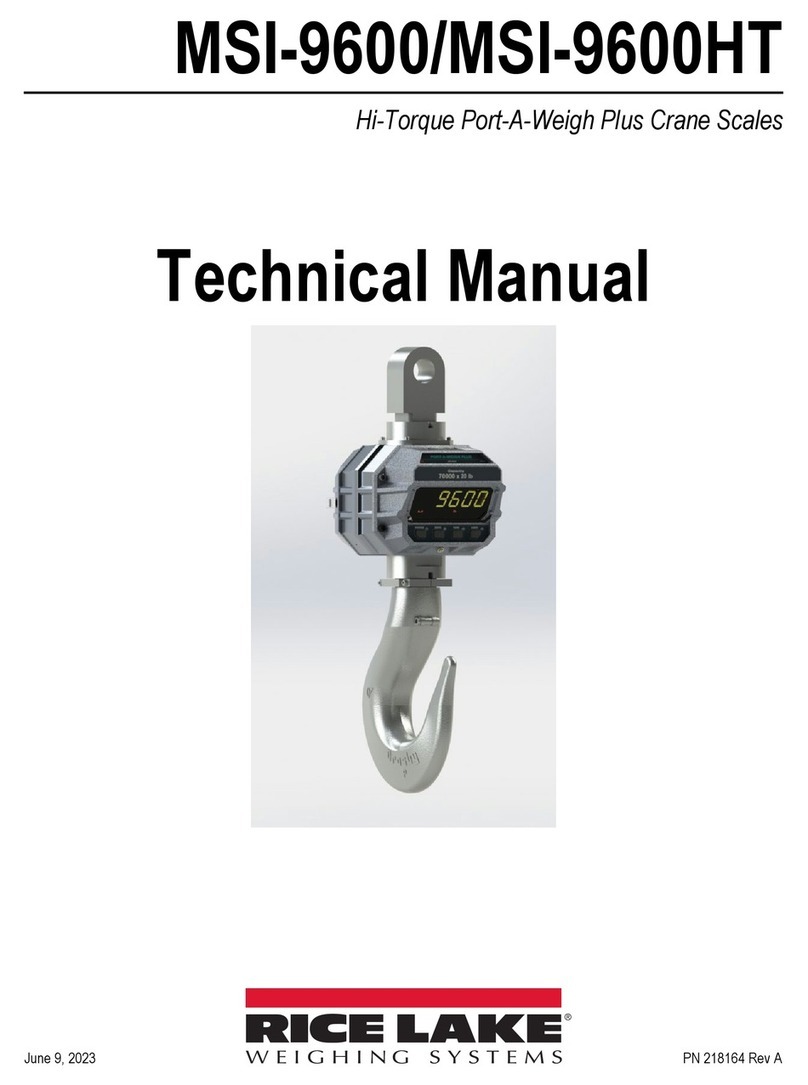
Rice Lake
Rice Lake MSI-9600 User manual

Rice Lake
Rice Lake RoughDeck CC Caster Cargo User manual

Rice Lake
Rice Lake RL1200 User manual
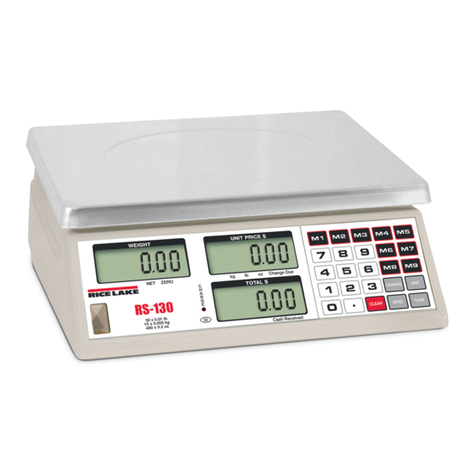
Rice Lake
Rice Lake RS-130 User manual
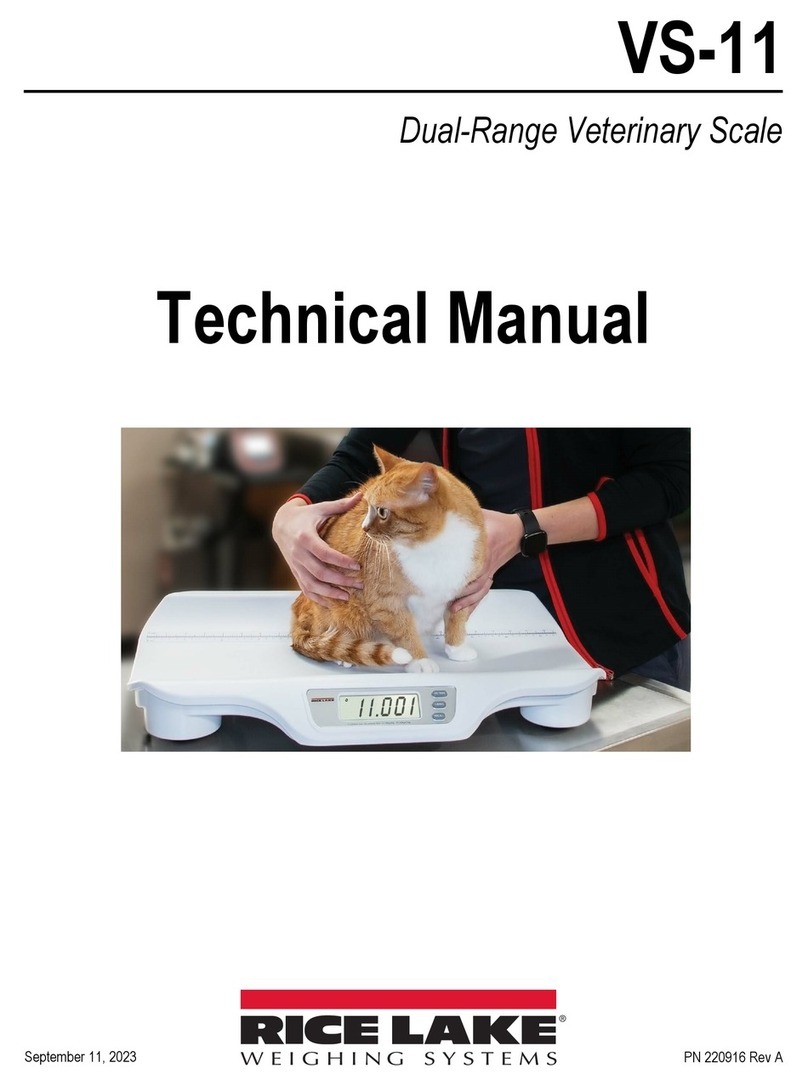
Rice Lake
Rice Lake VS-11 User manual

Rice Lake
Rice Lake BCi Programming manual

Rice Lake
Rice Lake 350-10-4BLE User manual

Rice Lake
Rice Lake IQ9500 User manual
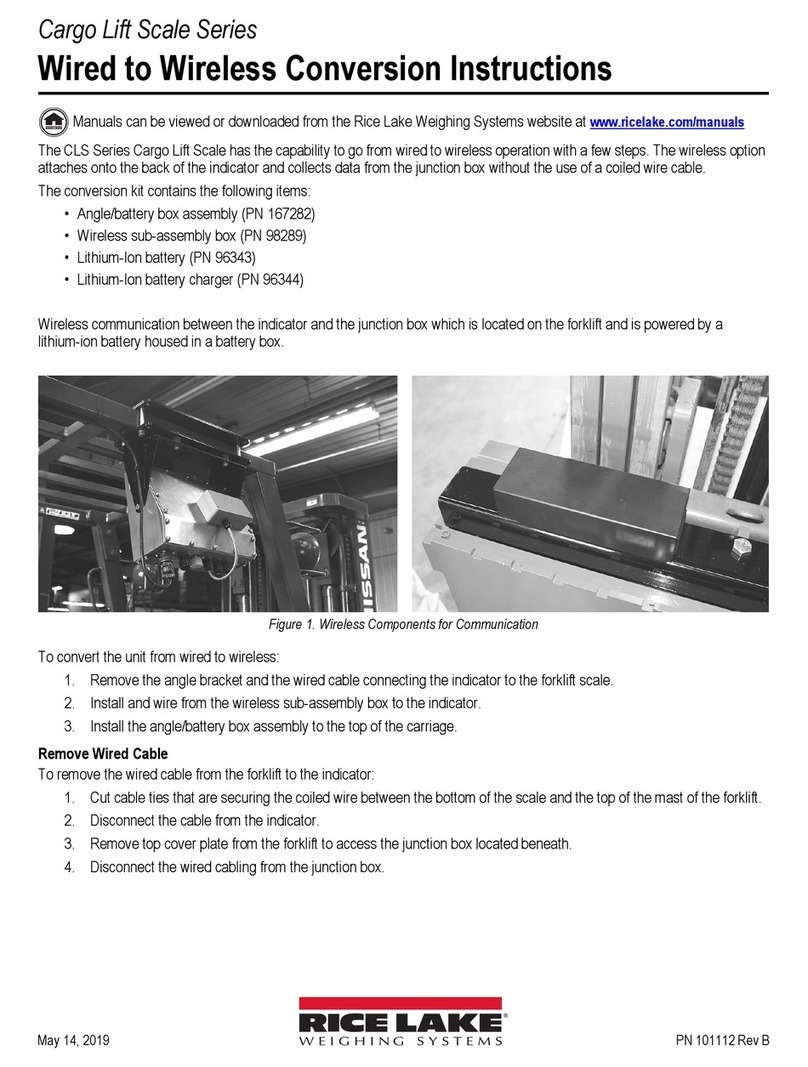
Rice Lake
Rice Lake CLS Series User manual
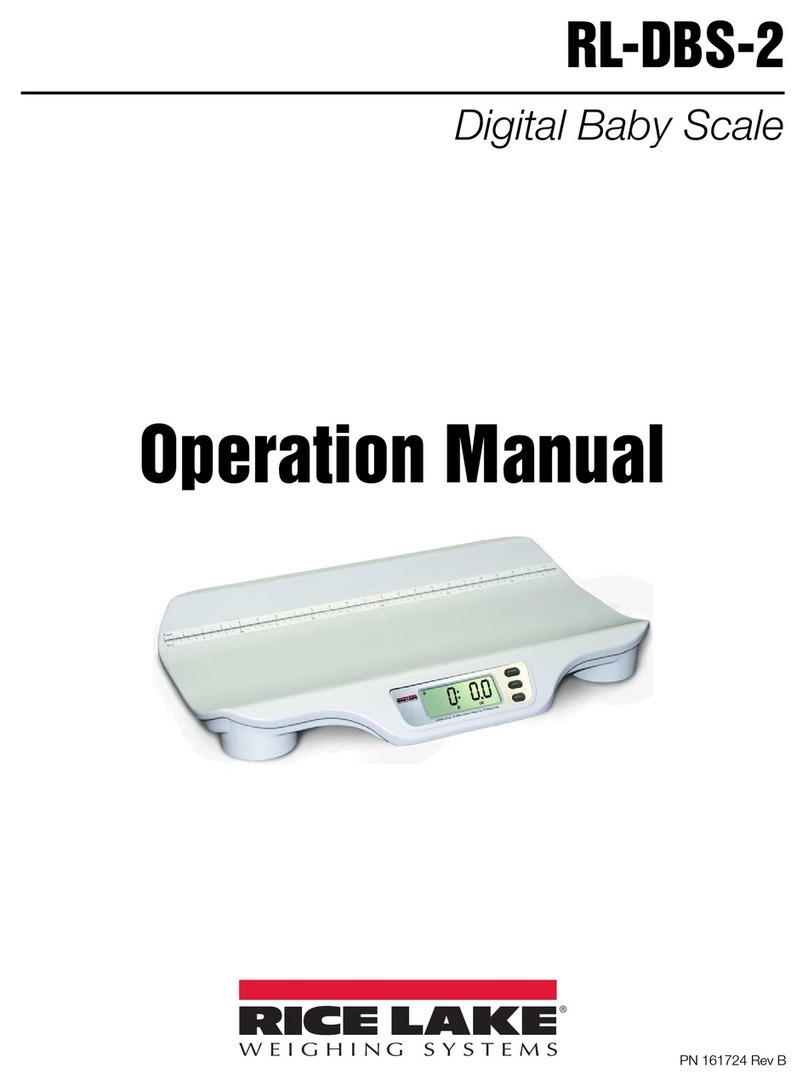
Rice Lake
Rice Lake RL-DBS-2 User manual
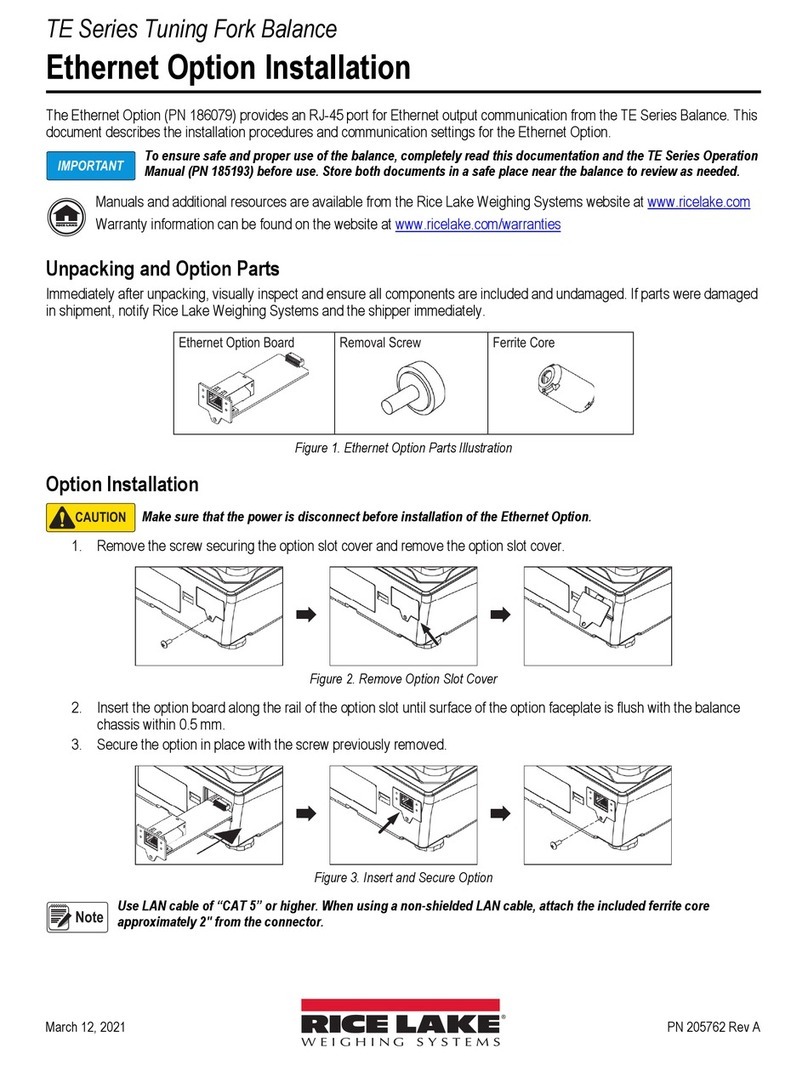
Rice Lake
Rice Lake TE Series User manual
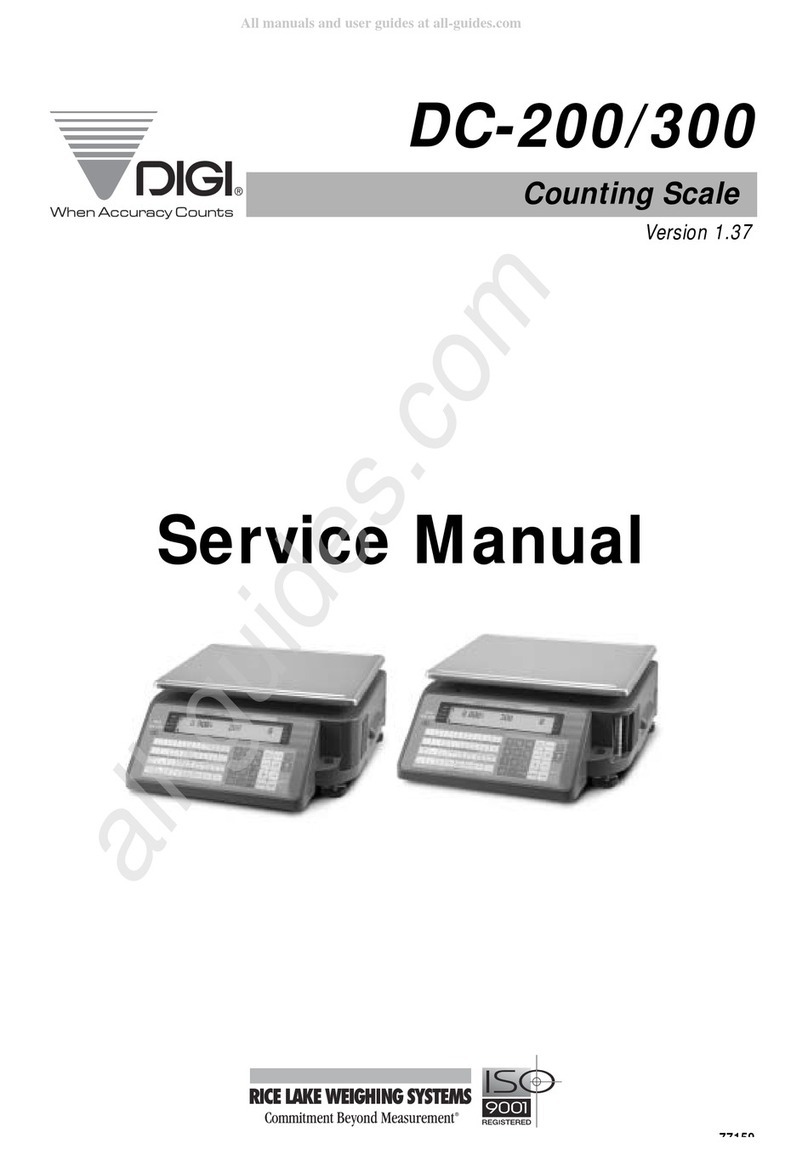
Rice Lake
Rice Lake DIGI DC-200 User manual
